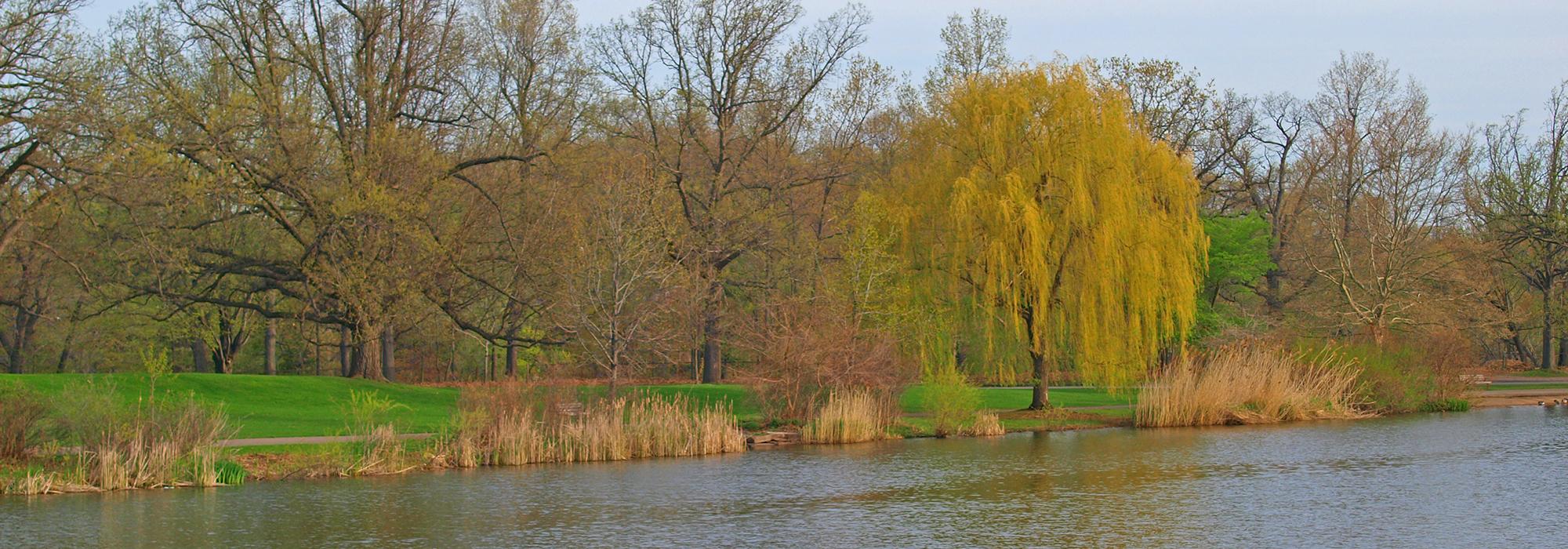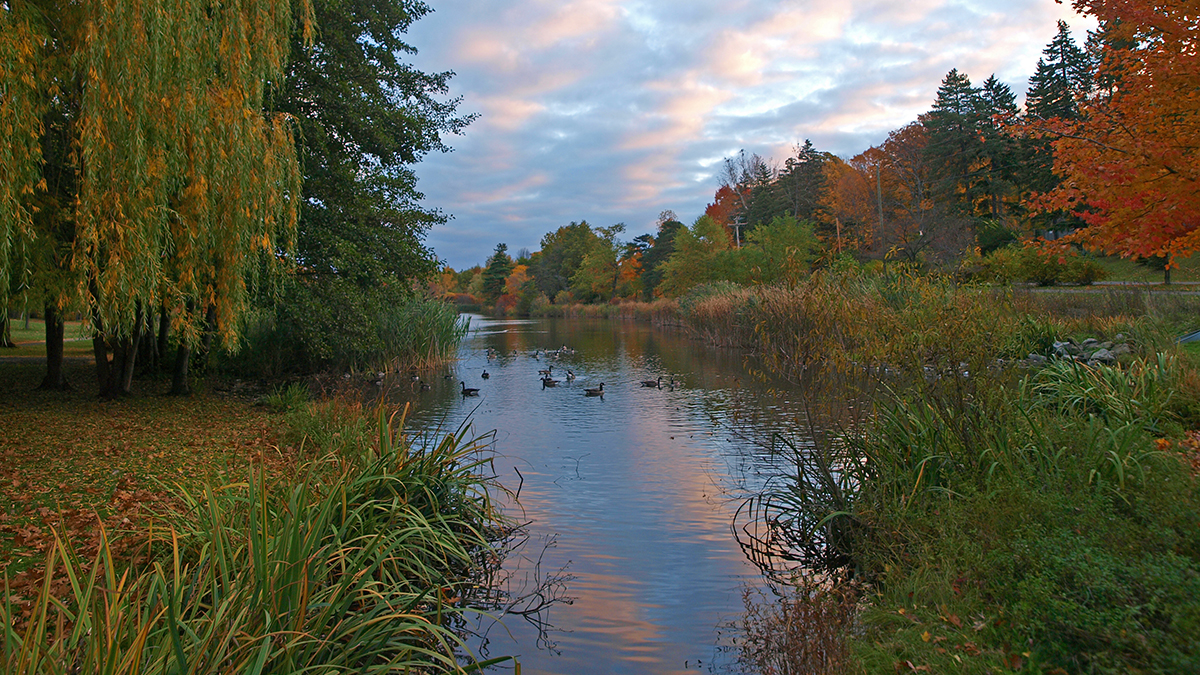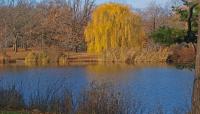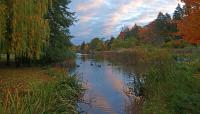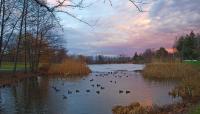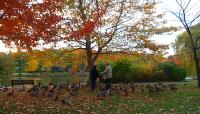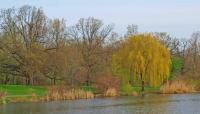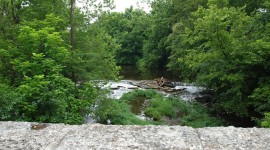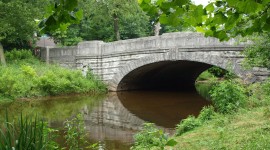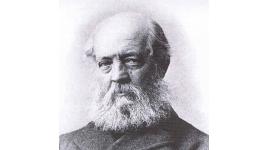Landscape Information
These 297 acres are a component of the Rochester Park System designed by Frederick Law Olmsted, Sr., beginning in 1888, with a general plan created in 1893. Olmsted designed the park to provide public access to the Genesee River while also preserving the area from encroaching development. His original master plan called for tree-lined carriage drives on both sides of the canyon, and a circulation network of paths that sensitively minimized disturbance from grading. Dense plantings along the gorge served to prevent erosion and reduce the risk of falling debris. A series of overlooks provided scenic views from 200 feet above the river. In the early twentieth century, park leaders, influenced by the City Beautiful movement, installed new recreational assets, including swimming pools, playgrounds, and a zoo. The additions were in part overseen by John Charles Olmsted who sought to integrate these features with the aesthetic established by his father.
This linear park frames three miles of steep banks on both sides of the Genesee River. East of the river, a one-way carriageway curves through rolling woodland and loops around the artificial Trout Lake created by damming a natural spring. The road and lake, situated on a plateau and bordered by picnic groves and meadows, were both designed by Olmsted Sr. Trails with occasional descents to the river follow the edge of the gorge. To the north, trails are surrounded by a wilderness of sassafras, hickory, maple, oak, and horse chestnut trees, while to the south a pedestrian bridge spans the river to connect both sides of the park. Located on a ridge, the Seneca Park Zoo, built in the 1930s, is visually separated by its higher elevation and perimeter woodland plantings. Seneca Park was listed in the National Register of Historic Places as Seneca Park East and West in 2003.



